Lokmanch – Satara Municipal Corporation, Competition entry
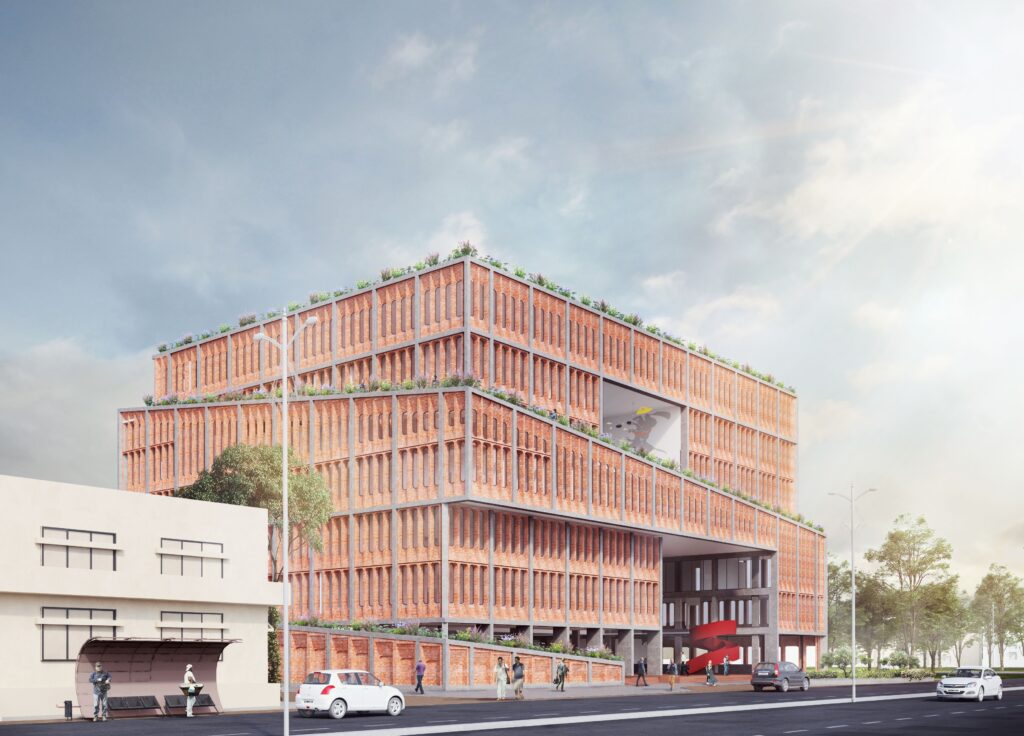
Government Institutions were once designed at monumental scales, perhaps to inspire the citizens they were meant to serve. Over time the this resultant impervious, opaque and domineering presence of the institutional building has only served to distance the citizen from the institution. The proposal for the Municipal Building of Satara attempts to rework the physical nature & experience of the institution. Imbibing abstracted ideals from the defining features of Satara including the seven hills the Kaas plateau, step well, rajwada and the fort our project is inspired by the setting and context of the city.
Galeecha Pavilion ’09

The concept of sustainability lies at the heart of the design philosophy behind this temporary structure, crafted with a keen awareness of the environmental impact typically associated with trade show exhibits. Unlike conventional structures that often contribute to wasteful practices, this pavilion represents a bold departure by prioritizing recyclability and eco-consciousness in its design and construction.
Goel Ganga School Competition.

The competition brief for the GG School in Pune presented a unique challenge: to accommodate three separate schools within a single site. In response, the design was articulated to not only meet the requirements of the brief but also leveraged the shared resources and programs of the individual schools to create a cohesive and innovative learning environment.
Welspun Corporate Office
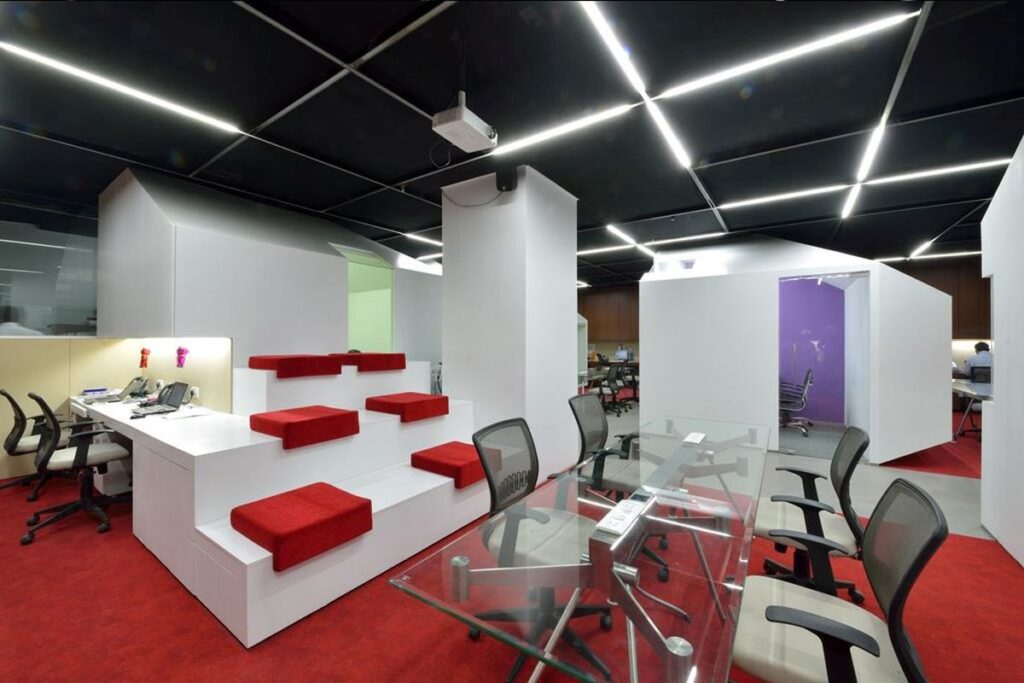
The design for the Welspun Energy head office in Mumbai mimics traditional village open space/courtyard structures in an attempt to create non-hierarchical social spaces that encourage dialogue between the staff.
Bhavishya
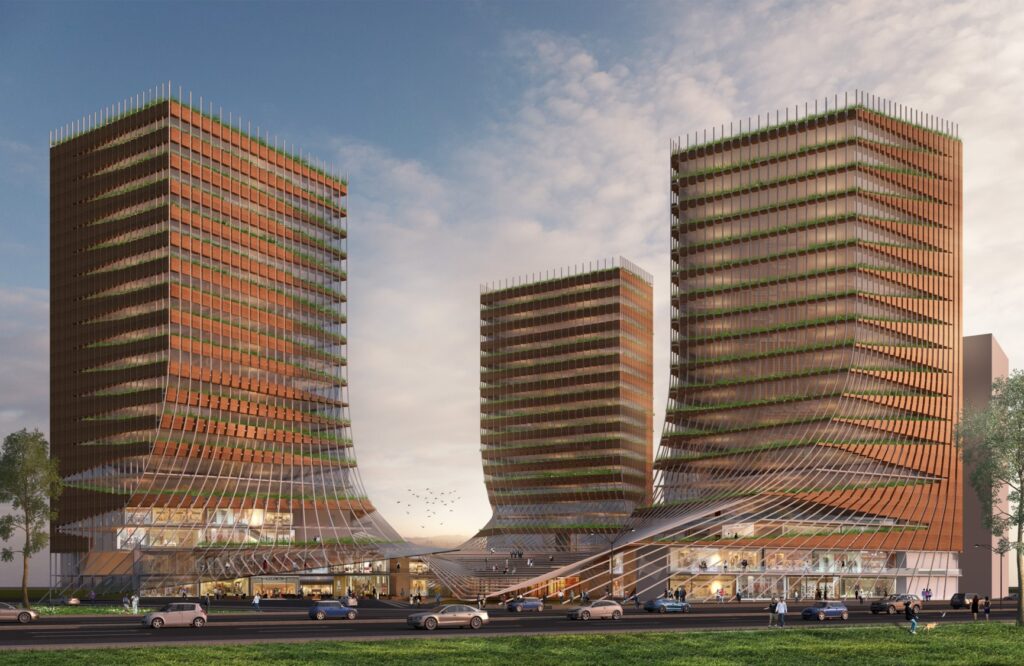
Our proposal attempts to ground the project by linking it to projective networks of transportation, housing as imagined by the Development Plan of the city.
The Split House
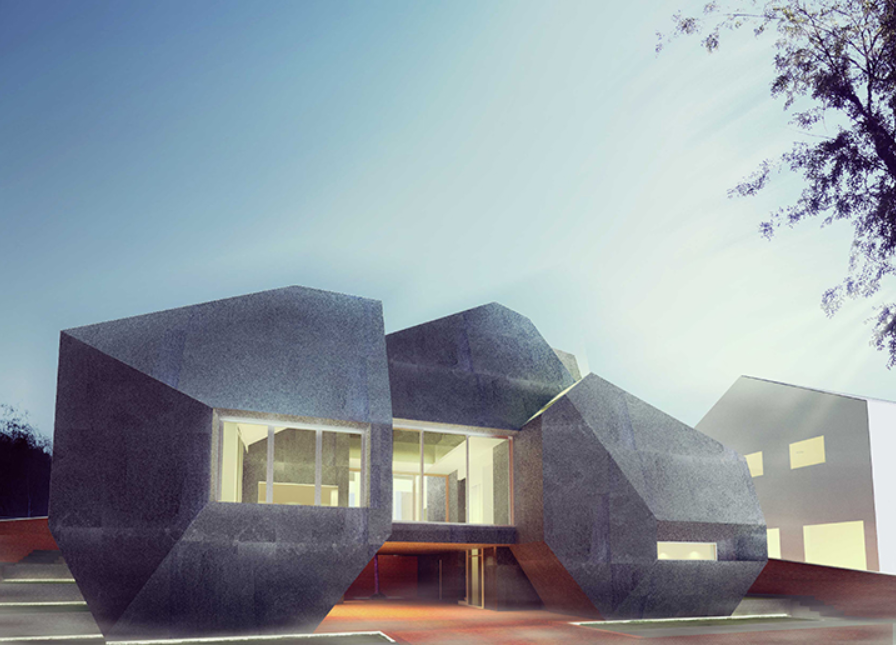
The vacation home in Mahabaleshwar, situated on two combined plots within a gated community, presented a unique challenge due to its larger size compared to adjacent houses. To maintain visual harmony with neighboring properties and address concerns about potential simian threats, we devised an innovative design approach that reimagined the traditional courtyard organization.
Quarry House

The Quarry House offers acaptivating spatial experience that unfolds in two distinct layers, each showcasing the inherent beauty and characteristics of the site in its own way. From the moment visitors arrive, they are greeted with a dramatic contrast that sets the tone for the entire journey.
Theory
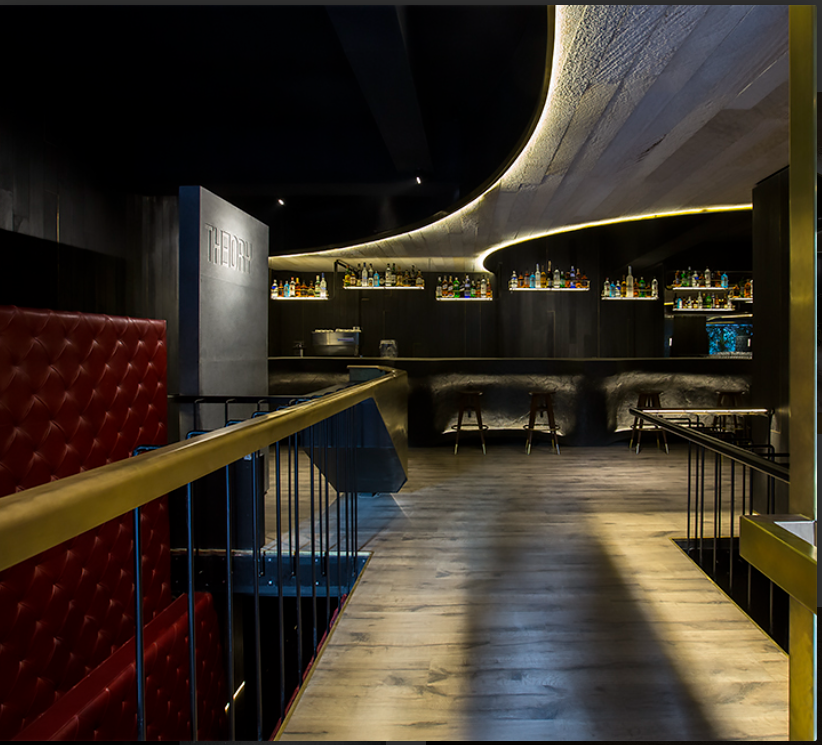
The spatial experience within Theory is characterized by a sense of restrained elegance, where deep tones of leather and charred wood create an atmosphere of understated opulence. The design concept revolves around the use of dark colors and tactile textures to convey a sense of luxury and sophistication.
The Clearing House
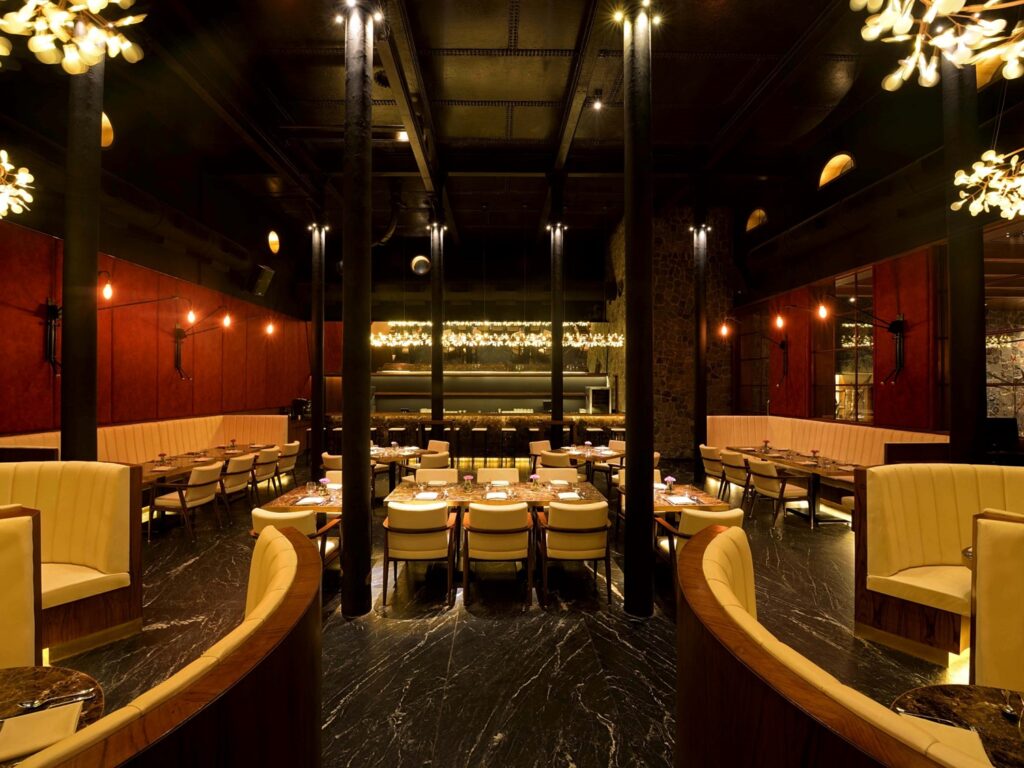
The client’s vision for the interior design of the establishment was to create distinct entities for different times of the day: an all-day dining area known as “The Foyer” and an evening dining area called “The Chamber.” The cavernous interior space provided the perfect canvas for an opulent dining experience, but the challenge lay in maintaining a balance between opulence and deference to the historical context of the space.
Neel
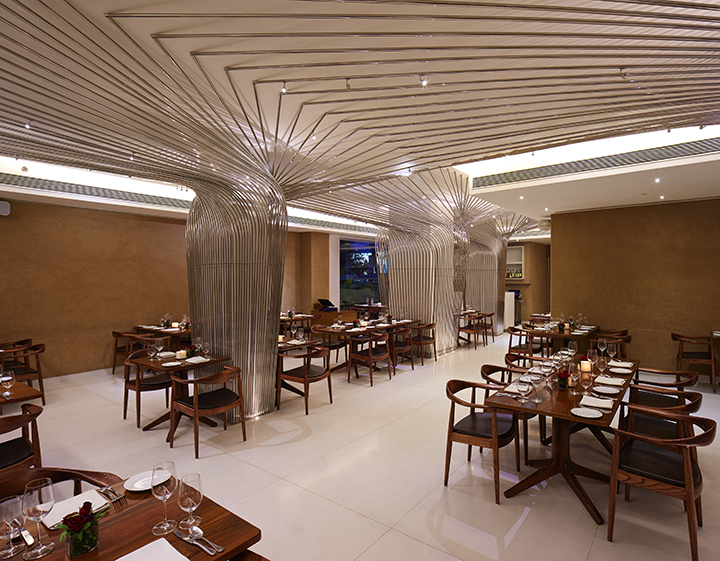
Designing the second outpost for one of Mumbai’s most esteemed hospitality brands posed a significant challenge due to the unique characteristics of the site. Situated on an L-shaped ground floor location with imposing columns dividing the space, our design task was twofold: establish a clear directional flow for the space and mitigate the visual impact of the massive columns.